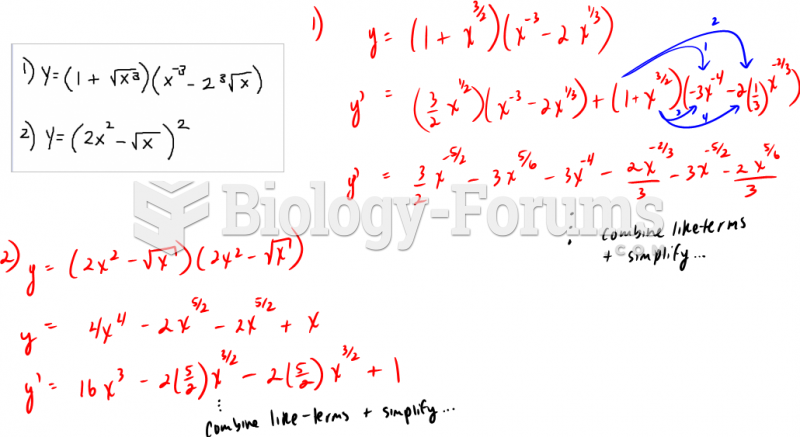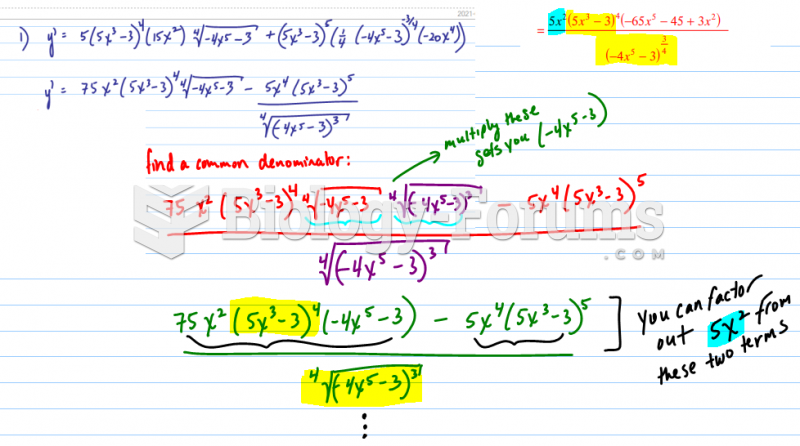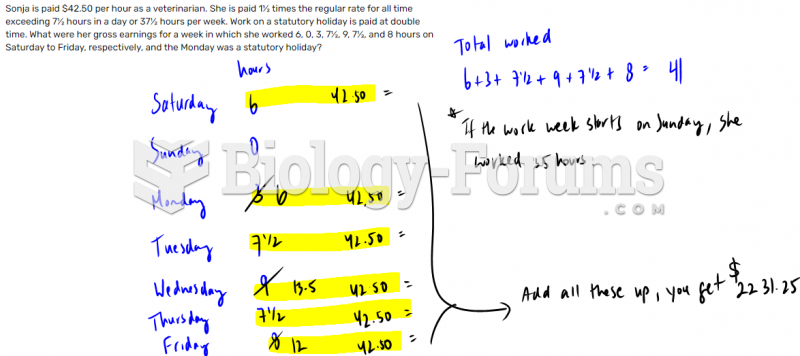Answer to Question 1
False
Answer to Question 2
Integrated Fulfillment
Dedicated Fulfillment
Outsourced Fulfillment
Drop Ship Fulfillment
Store Fulfillment
Flow-through fulfillment
Integrated fulfillment means that the retailer operates one distribution network to service two channels both retail stores and Internet sites where customers can buy direct. In a typical distribution center for this model, both store orders and consumer orders are received, picked, packed, and shipped. One advantage to this model is low start-up costs. If the retailer has an established distribution network that handles store orders and then decides to develop an Internet presence, the existing network can service both. In other words, new distribution centers need not be built. This would also eliminate the need to have a duplicate inventory to handle the Internet orders. Another advantage to this model is workforce efficiency because of consolidated operations. The existing workforce now has an opportunity to move more volume through a fixed-cost facility. However, this model has several challenges. First, the order profile will change with the addition of consumer Internet orders. While store orders would probably be picked in case and/or pallet quantities, consumer orders would require consumer units (eaches) in smaller order quantities. Second, products might not be available in eaches. Third, the addition of unit pick (each pick) would require a fast pick, or broken case, operation to be added to the distribution center. Finally, a conflict might arise between a store order and an Internet order if there is not sufficient inventory to fill both.
Dedicated Fulfillment Another option for the retailer that desires to have both a store and an Internet presence is called dedicated fulfillment, which achieves the same delivery goals as integrated fulfillment but with two separate distribution networks. Having a separate distribution network for store delivery and consumer delivery eliminates most of the disadvantages of integrated fulfillment. However, now the retailer is faced with duplicate facilities and duplicate inventories. This assumes that the retailer offers exactly the same product offering through both channels. However, many retailers offer many more products on their Internet sites than they offer in their stores. This makes dedicated fulfillment a more logical choice.
Outsourced Fulfillment While both integrated and dedicated fulfillment assume that the retailer will perform the fulfillment itself, outsourced fulfillment assumes that another firm will perform the fulfillment. Many retailers will maintain internal control of store fulfillment and outsource some, if not all, Internet fulfillment to a third party. One advantage of this outsourcing is low start-up costs for the retailer to service the Internet channel. Also, possible transportation economies could result from using outsourced fulfillment for Internet orders. A major disadvantage often cited with outsourcing fulfillment is the loss of control the retailer might experience over service levels. So, the major benefit of outsourced fulfillment is the ability to use existing external expertise in fulfillment. The major disadvantage of this model is the potential loss of control.
Drop-Shipped Fulfillment According to the model known as drop-shipped fulfillment, which is also referred to as direct store delivery, the manufacturer delivers its product directly to a retailer's stores, bypassing the retailer's distribution network. A major advantage of this model is the reduction of inventory in the distribution network. This occurs because the retailer does not need to stock the manufacturer's inventory in its distribution centers. Another major advantage to the manufacturer is the direct control of its inventories at the store level. A disadvantage to the retailer is the possible reduction of inventory visibility of the manufacturer's products since the retailer does not touch these products in its distribution network.
This type of model requires close collaboration and agreement between the manufacturer and retailer for several reasons. First, not every retailer supplier can do drop-shipped fulfillment. From a practical perspective, if every supplier to a store delivered direct on a daily basis, the number of delivery vehicles and manufacturer personnel in a store would cause overwhelming congestion at the store. Second, the retailer and manufacturer need to agree on the types and timing of information shared on inventory levels to provide the retailer with the proper level of inventory visibility. Finally, drop-shipped fulfillment works best for products that have a short shelf life and/or where freshness is a requirement. As such, this model makes sense for a limited number of products sold in a retail store.
Store Fulfillment For a retailer that has both a storefront as well as an Internet presence, store fulfillment can offer several opportunities. In this model, the order is placed through the Internet site. The order is sent to the nearest retail store where it is picked and put aside for the customer to pick up. Several advantages exist for this type of fulfillment. First, there is a short lead time to the customer if the item is in stock. Second, there are low start-up costs for the retailer. Inventory is already in place in close proximity to the consumer. Third, returns can be handled in the usual manner through the retail store. Finally, the product will be available in consumer units.
Several disadvantages exist for this type of fulfillment. First, there might be reduced control and consistency over order fill since each store will be responsible for its own order picking. Second, conflict may arise between inventories. Stores hold inventories for the shopper, which can result in impulse buys. Now the store is required to remove the item from the shelf for an Internet order, resulting in a possible out-of-stock at the shelf. One method to alleviate this conflict is to adjust the profit of the store so it also gets credit for the Internet sale. Third, the retailer must have real-time visibility to in-store inventories in order to satisfy the Internet order. Finally, stores lack sufficient space to store product. Staging products for customer pickups in any area of the store takes space away to generate additional sales for the store.
Flow-Through Fulfillment is very similar to store fulfillment. The main difference between the two is that in flow-through fulfillment the product is picked and packed at the retailer's distribution center and then sent to the store for customer pickup. The flow-through model eliminates the inventory conflict the store might realize between store sales and Internet sales. Because the consumer is providing the pickup service, the retailer avoids the cost of the last mile transportation. The retailer also does not need store-level inventory status in the flow-through model. Returns can be handled through the existing store network, as in store fulfillment. Storage space at the store for pickup items remains an issue.







